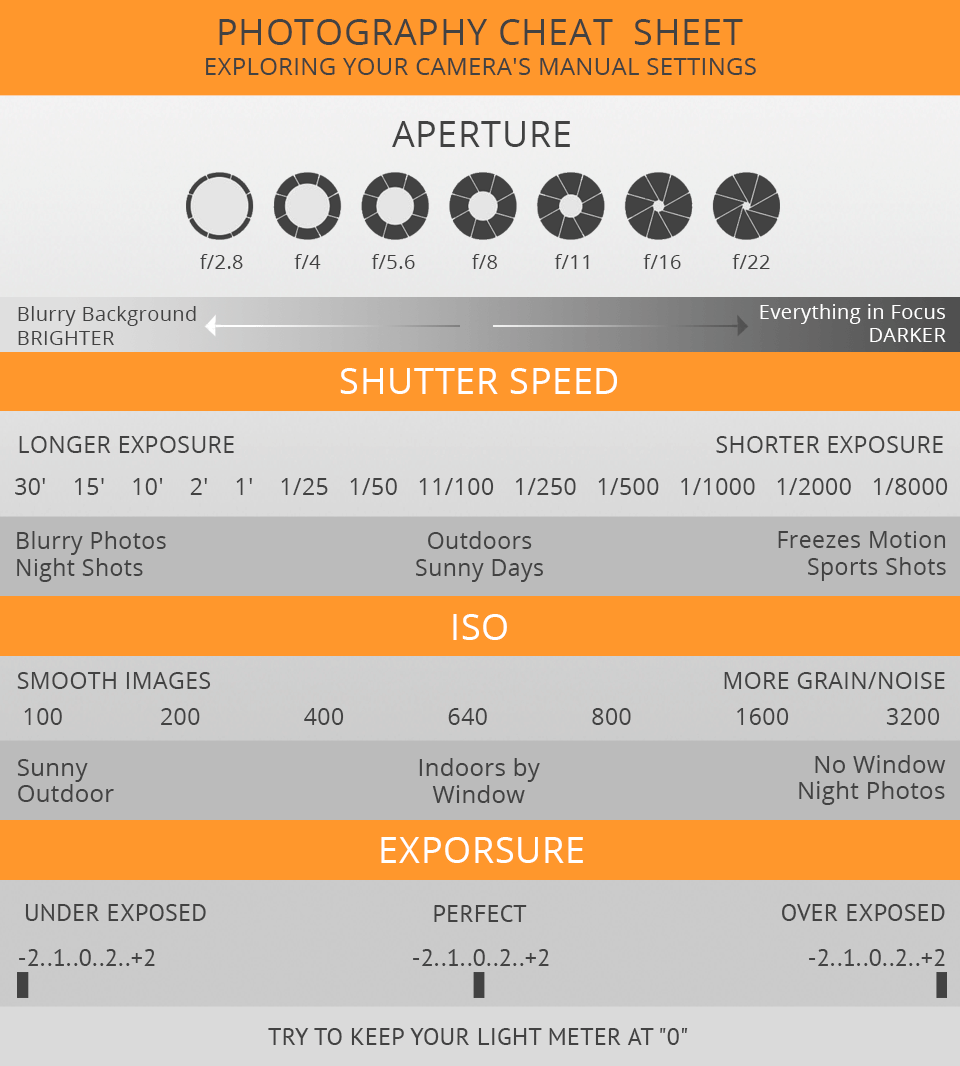What Every Digital Photographer Must Understand About Lighting
What Every Digital Photographer Must Understand About Lighting
Blog Article
Written By-Hinson Fraser
As a digital photographer, you know that illumination can make or break your photos. Understanding the nuances of both all-natural and man-made light is essential for catching the mood and quality you aim for in your job. Whether you're going after the excellent gold hour glow or fine-tuning your man-made arrangements, mastering these aspects can boost your photography dramatically. Yet there prevail risks that numerous neglect, and recognizing them can transform your approach to every shoot. Let's explore what you could be missing and how it can affect your results.
Comprehending All-natural Light
Comprehending natural light is vital for any kind of professional photographer seeking to improve their job. It's the structure of great digital photography, influencing mood, tone, and clarity. When you fire outdoors, take note of the moment of day. The gold hour-- quickly after dawn and before sunset-- supplies soft, cozy light that can change common scenes into spectacular photos.
Don't take too lightly the power of cloudy days. Cloud cover diffuses sunshine, developing a soft, even light that's excellent for portraits and macro digital photography. https://www.liveinternet.ru/users/nissen_patel/post509045476 'll discover colors pop in this sort of lights without rough shadows.
Placing issues, too. Always consider your topic's positioning to the light source. If the sunlight's behind your topic, you may wind up with a silhouette, which can be dramatic however mightn't be what you want. Alternatively, straight sunshine can create uncomplimentary shadows.
Experiment with angles; occasionally, transforming your point of view can yield impressive outcomes. Usage all-natural reflectors, like water or sand, to bounce light onto your subject, adding measurement.
Learning Artificial Light
Understanding fabricated light is essential for digital photographers who intend to take their skills to the following level. Whether you're using speedlights, workshop strobes, or continuous lights, recognizing just how to control these sources can dramatically improve your pictures.
Start by familiarizing yourself with the fundamentals of light quality, instructions, and shade temperature level. Try out various modifiers like softboxes, umbrellas, or grids to control the softness or violence of the light.
You'll discover that soft light usually produces flattering results, while harsher light can include drama and depth. Do not shy away from darkness; they can improve the three-dimensionality of your subjects.
Pay attention to the placement of your lights. A light positioned also near your topic can develop uncomplimentary outcomes, while as well away can cause an absence of information. Make use of a light meter or your video camera's pie chart to guarantee you're revealing appropriately.
Lastly, keep in mind that man-made light can be blended with ambient light for innovative results. Balancing these resources might take practice, but once you understand it, your photography will really beam.
Methods for Different Circumstances
When you step into different capturing scenarios, adapting your lights methods is vital for recording the very best pictures. For outdoor pictures, utilize the gold hour-- morning or late afternoon light-- to soften shadows and improve skin tones.
If it's a rough lunchtime sunlight, take into consideration making use of a reflector to jump light back onto your subject or look for shaded areas for a more also exposure.
In low-light scenarios, like indoor occasions, raise your ISO and utilize a broad aperture to let in even more light. A tripod can aid eliminate cam shake, permitting longer direct exposures without obscuring.
If https://scroll.in/article/938726/photographers-and-tourists-are-disrupting-bird-behaviour-in-india-by-overusing-recorded-calls shooting at night, try out off-camera flash to create dynamic lighting and depth in your photos.
For product digital photography, make use of diffused lighting to stay clear of rough representations. Softboxes or light outdoors tents can assist attain this result.
When photographing landscapes, think about the direction of light and time of day, as it can significantly transform the mood of your shot.
Constantly prepare to readjust your setups and placing based on the circumstance, as adaptability is crucial to mastering illumination in digital photography.
Conclusion
Finally, understanding lighting is essential to boosting your photography abilities. Embrace all-natural light's charm throughout gold hour, and do not shy away from try out synthetic light techniques. By adjusting your technique to different situations, you'll capture stunning photos that reverberate with emotion and clearness. Remember, the best lighting can change an average shot into something remarkable, so maintain exercising and improving your understanding of both natural and fabricated light. Satisfied shooting!
